12 Green Foods or Green Leaves you should eat every day
Kale
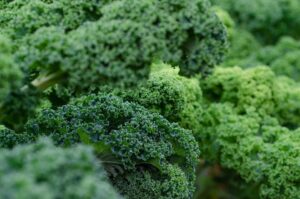
Most likely the most well-known leafy vegetables, kale is an advantage due to its tough green leaves. In contrast to spinach and lettuce, it’s a calciferous plant. It contains vitamins k C, a, and B6.
It also contains minerals such as folate, fiber manganese, and folate. In addition, it also comes with glycosylates which are sulfur-rich compounds that aid in the immune system and normal inflammation processes. They also aid your body to rid itself of toxins via natural detoxification within the liver.
What’s the best method to reap all the benefits of Kale? Well, you could consume it raw as salad, of course, however there’s a more effective method! Combine it with a drizzle of olive oil and cook in a pot on the stove which will complement the slightly bitter taste. The heating and the olive oil to break down fibers and makes the nutrients more digestible. When prepared correctly Kale can aid in balancing LDL (or poor) cholesterol levels.
Are you a lover of Kale? What is your preferred method to cook it? We’d love to hear about it in the comments!
ALSO READ 11 BEST FOODS TO EAT TO LOSE WEIGHT
Brussels sprouts
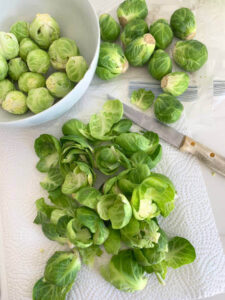
Brussels sprouts are another nutritious cruciferous vegetable. They contain antioxidants that have been proven to protect cells from damage. it’s also good for skeptical people by roasting them until crispy. Apart from helping combat health problems, they’re also loaded with minerals, vitamins, as well as fiber. They’re especially rich in vitamins a, c, and k, along with folate and potassium. They’re a good option for supporting the overall immune system, as well as bone and blood health. In addition, antioxidants play an important part in maintaining your health and strength, but they also provide the equivalent of 3g of fiber in one cup, which could make you feel better after eating.
Spinach
What can we say about the best green leafy vegetables without also including spinach? There are a variety of varieties but the most popular is the smooth-leaf or flat-leaf varieties that you can find in the local supermarket.
Other varieties include savoy as well as semi-savoy, which both feature a more wrinkled and more coarse leaf. regardless of the type, you select they are packed with plenty of nutrients, including vitamins K, a, c as well as e, and B2. as well as folate, calcium manganese, potassium, and fiber. These nutrients are essential to allow your body to function properly.
They help support bone density, muscle mass they support heart health, muscle mass as well as kidney function, and the body’s inflammatory response. It is also known for its rich protein levels. It is packed with three grams of protein per 100 grams. This may not sound like a lot until you look at peanut butter, which has only 25 grams of protein per 100-gram serving.
But then again who would put peanut butter on salads? But when you consider it in comparison to the romaine’s half one gram, it comes out as an excellent choice. Be aware how nutritious the spinach according to how you cook it. Numerous vitamins and minerals like folate and vitamin c disappear when the spinach is cooked. On the other hand, cooked spinach contains more vitamin A and iron than if it’s consumed raw.
Additionally, one cup cooked has more than 800 milligrams of potassium and four grams of fiber.
Micro-greens
Here’s proof that the best things are small in size. Micro-greens are the undeveloped greens in vegetables like Arugula, kale, and broccoli. They are harvested two to three weeks after they are planted and can be a treasure trove of essential nutrients. A study revealed that many kinds of micro-greens, including lettuce and cabbage, have nutrients that are six times higher than the levels that are found within mature plants. in the early stages of development, plants require an abundance of nutrients, vitamins, and antioxidants to aid in their growth. Therefore, they’re filled with more goodness. With a variety of flavors from spicy to sweet, you can use micro-greens for a boost to soups, salads, and sandwiches.
Swiss Chard
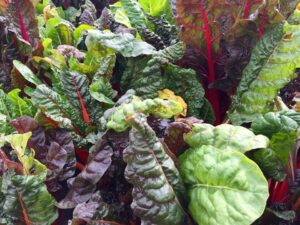
This could be the healthiest green you’re eating. A relative of the beet family it tastes like spinach and is increasing in popularity. Although it has higher levels of sodium than other greens for salads, with 77 grams per cup, it also contains more than twice your daily intake of vitamin K.
It contains twelve percent of the daily requirements of vitamins a and it contains 12 percent of your daily requirement of vitamins a, and. Consider combining it with other greens to create your own blend. Swiss Chard has a distinctive taste that not everyone likes. It tastes delicious when sauteed with onions and garlic and can be incorporated into fritters, quiches, or quiches, very well.
Mustard Greens
As the name suggests, these are the lacy-edged, slender leaves from the plant which provide mustard seeds. They are slightly less bitter and a little more peppery tasting than Swiss chard. They are second only to kale when it comes to beta-carotene. Inside your body, beta carotene is converted into vitamin A, which can help improve the health of your eyes and bones. These greens also have an arsenal of nutrients known as glycosylates, which can boost detoxification enzymes. They can also help to safeguard the cells of your liver as well as other organs from the harmful effects of free radicals.
Arugula
Arugula is a sour spicy flavor that has made its way into the cooking of some rock-star chefs. It is usually found at the supermarket in plastic containers, along with baby spinach. Vegans, lactose-intolerant people, and those who don’t like milk should be aware that it’s a healthy source of calcium.
In fact, it contains among the greatest levels of this bone-building ingredient on our list. Arugula can also aid you in getting through your workouts because it contains the highest levels of natural Nitrates. This is the substance your body converts into Nitric oxide, which improves blood flow to the muscles. Studies have found that they assist in making your muscles work more effectively during exercise.
Spirulina
This nutritious alga isn’t just for beautiful blue smoothies. Spirulina is among the most stunning greens that you can include in your diet. research has proven that it can assist in maintaining your immune system. In its powdered form, 100 grams of spirulina contain remarkable amounts of minerals, vitamins, and proteins. It has 60-70 percent protein, based on the location it was taken. It’s packed with vitamins A K, and a, and a variety of B vitamins, too. With just one cup women could get close to 50% of their daily calcium intake recommended by the FDA.
Collard Greens
This popular southern green has huge leaves that are leathery and have a slightly mild flavor. But its rough texture requires a longer time to cook than other greens. in addition to offering the necessary amount of vitamin k and beta-carotene, as well as vitamin c the collards are also rich in the fiber-rich diet as compared to other leafy greens. A study showed that women who consumed the highest amount of fiber had a 25 percent lower chance of developing heart disease than those who ate the lowest amount of fiber. Did you know that not every vegetable is equal? Some are beneficial for you, while some aren’t.
Watercress
It is a favorite widely in Europe the salad green is frequently utilized in the United States as a simple garnish. But don’t undervalue its value to your eating habits. It’s more nutritious than leaf and romaine lettuce. Just 1 cup of it provides nearly three-quarters of your daily requirements of vitamin K. It’s also a great source of vitamin C.
watercress can be a great salad. It has a spicy flavor that can be enjoyed by itself with a little vinegar and oil. It is also possible to blend the soup to give added nutrition and flavor.
Parsle

While it isn’t technically lettuce even though it’s not technically a leafy green, this garnish that is placed on your plate can be considered a superfood.
It’s so full of nutrients that just one small amount can get your daily dose of vitamin K. Additionally studies to suggest that it could assist in controlling your appetite. In a research study, participants consumed significantly less food that smelled strongly of spice as compared to a lightly scented version of the same dish. The addition of herbs, like parsley, can create the illusion that you’re enjoying something rich, without adding calories or fat to your meal.
Broccoli
This vegetable is a member of the family known as cabbage, though it has a similar appearance to cauliflower. It’s a good source of nutrients, with one cup providing 135% and 116% of the suggested values for vitamins c and k, respectively. It’s also a fantastic source of calcium, fiber folate, phosphorus, and calcium. Out of all vegetables belonging to the cabbage family broccoli is among the highest source of the plant compound, sulfonamides. This could increase the bacterial gut flora and lower your risk of developing cancer as well as heart disease.
While vegetables are an excellent option to keep your body healthy and stay healthy, you can achieve the same thing by not eating certain types of foods. Find out the benefits of these vegetables by identifying the foods you should avoid at all costs for ideal liver health or you’re interested in knowing the ways to avoid diet-related mistakes to lose weight, then this article “12 eating habits to avoid while trying to lose weight” will certainly enhance your understanding of the healthy foods. What is your favorite leafy green vegetable? Tell us in the comments below!
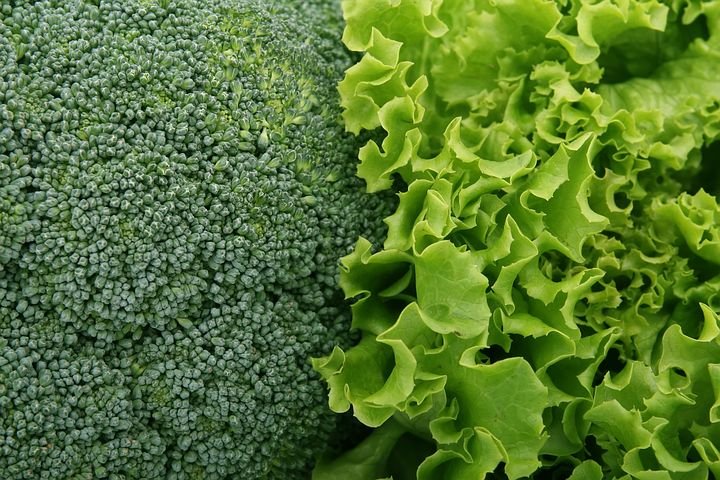

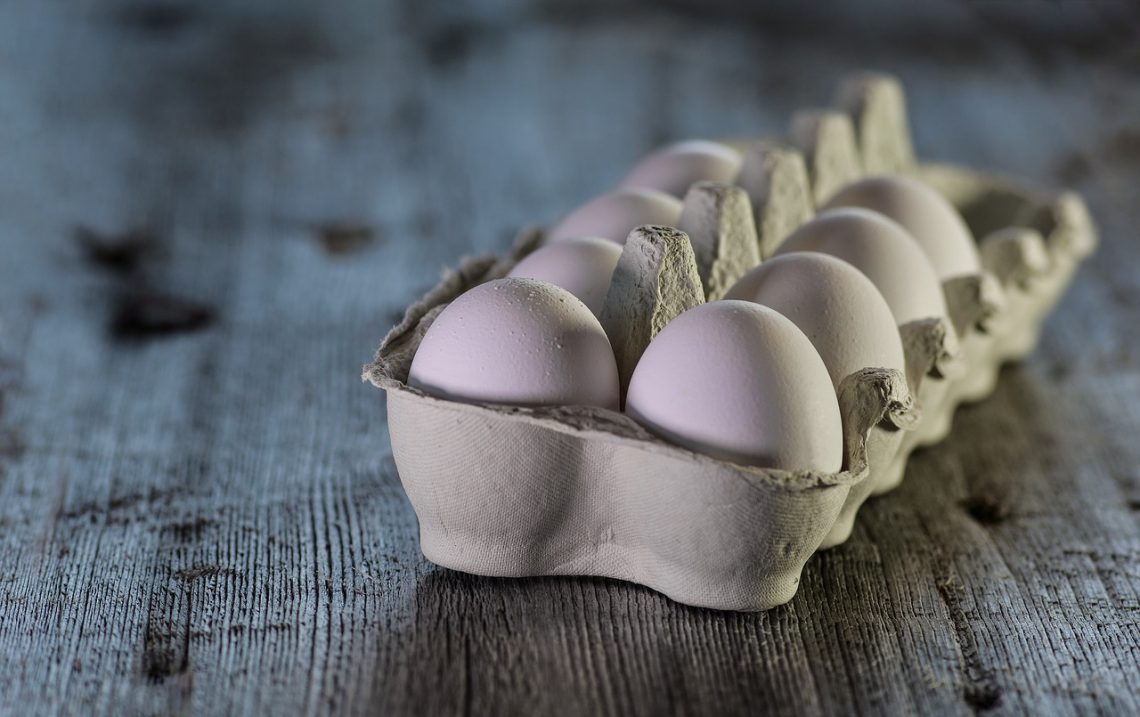
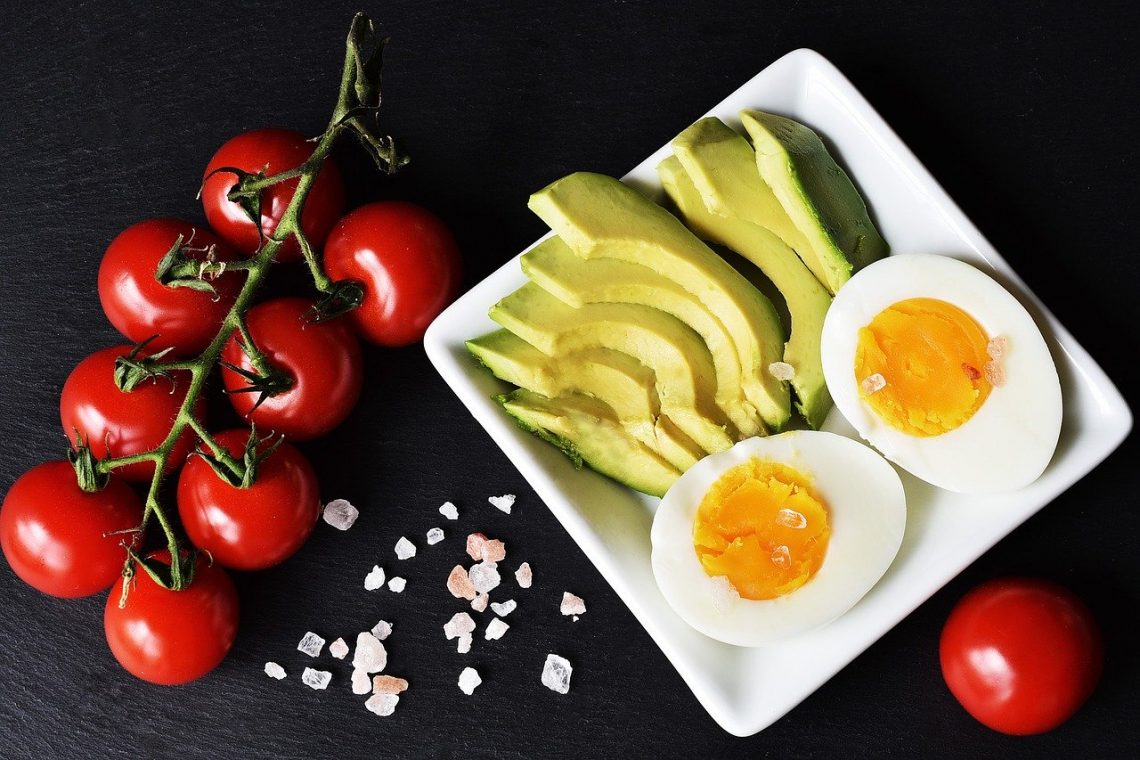
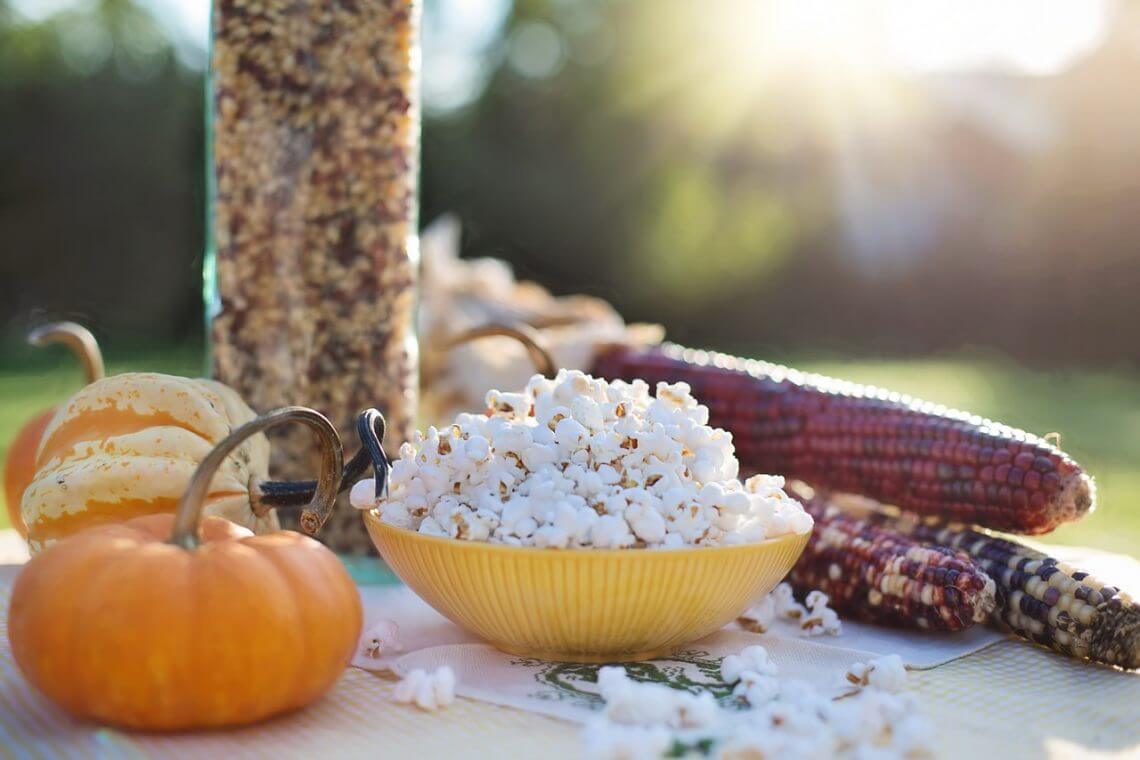
Leave a Review